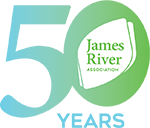State of the James
 The 2025 State of the James Report
The 2025 State of the James Report
A Comprehensive Report Card on the Health of the James River
The health of the James River is vital to the quality of life, economic prosperity, and future generations of its surrounding communities. Our State of the James report card summarizes ongoing efforts to bring the James River back to full health so that it can help communities thrive.
The State of the James is a report card issued every two years to examine the status and trends of 18 indicators that fall within two categories – River Health and River Restoration.
Understanding the River’s Score & Methodology
The State of the James uses 18 different indicators to provide a comprehensive measure of the river’s health and its ongoing comeback toward full recovery. For each indicator, we have identified and compiled quantitative benchmarks set for what is needed to achieve a fully healthy river. When possible, the benchmark is a goal that has been set by the state or an authority on a specific indicator.
River Health Score (10 Indicators)
Ten indicators focused on the actual condition of the river’s ecosystem. These are related to the ecological health of the James, including fish and wildlife species (like oysters, American shad, and striped bass) as well as the habitat features like underwater grasses and stream health that help these species thrive.
River Restoration Score (8 Indicators)
Eight indicators that track our collective progress as a watershed to complete the restoration actions outlined in Virginia’s Chesapeake Bay Cleanup Plan. These actions are vital to reduce the amount of pollution entering the James River by 2035.
Good News: Investments are Paying Off
Big comeback over 50 years
In 1975, the James River was shut down to any kind of fishing due to toxic contamination. Untreated raw sewage and industrial waste also made the river very unhealthy. Since then, things have gotten much better. The State of the James now gets an overall grade of B with a score of 68%.
Healthier upstream areas
Upstream indicators like stream health, smallmouth bass and riparian buffers have high scores and saw increases over the past two years. This reflects the good watershed health of the Upper James as well as restoration efforts across the watershed.
Investments are paying off
Virginia’s investments in clean water programs – wastewater treatment, agricultural practices, and stormwater management – are making a real difference. The more we invest, the better the river gets.
More Work Needed: Challenges Remain
Trouble in tidal areas
Underwater grasses, oysters, and tidal water quality have declined in the last two years. Despite progress in river restoration, the tidal James still faces heavy stress from pollution sources, including wastewater, erosion, agricultural runoff, and stormwater. To restore these waters, we must reduce pollution at its source and rebuild critical habitats.
Migratory fish at risk
American shad remain at zero, and striped bass numbers also declined substantially since our 2023 report. To bring back these and other iconic migratory fish, Virginia needs to act fast to deal with problems like invasive catfish, pollution, blocked waterways, water intakes, and degraded habitats.
Challenges remain
Progress has slowed over the past 10 years because of population growth, land development, and climate change.
Benefits of a Healthy River

DRINKING WATER
2.7 million people rely on the James River for water, making it Virginia’s largest source of drinking water.

SEAFOOD PRODUCTION
3.3 million pounds of commercial fish and shellfish were landed from the James in 2024, worth a total dockside value of $17.4 million.

RIVERSIDE PARK VISITATION
Riverside parks offer opportunities for outdoor recreation and enjoyment. Millions of people visit riverside parks in the James River watershed annually.

PUBLIC RIVER ACCESS
There are hundreds of places to enjoy the James and its tributaries. Over 50 public access sites have been added in the watershed since 2013.

FISHING LICENSES
In 2024, there were 508,311 people who had purchased fishing licenses in the watershed.
Ways You Can Make an Impact
Become a James Changer
One third of all Virginians live in the James River watershed and benefit from a healthy river. Help us get to a Grade A James in our State of the James report card.
Your membership allows us to reach more students, plant more trees, and inspire conservation efforts.
River Hero Homes
Reduce stormwater runoff and pollution at home by joining our River Hero Homes program.
Plant Trees for Riparian Forests
Volunteer through our James River Buffer Program to increase our Riparian Forests score toward the 100% goal.

Be the Eyes and Ears
Help us alert the team to threats like sewage leaks and sediment runoff by joining our James River Rats program.
Monitor Water Quality
Help us track bacteria levels by volunteering with James River Watch, our water quality monitoring program.
Connect & Empower Others
Introduce someone new to the James through our Connect with the James program to help them realize the river’s impact.
Advocate
Join our Action Network and let our leaders know the James is important to your community.
Report Details and Historical Context
Indicator Deep Dives: Detailed Information
Explore the information for all 18 indicators (Oysters, Shad, Water Quality, etc.) that make up the 68% score in our interactive report experience.
Report Archive & History
Review the current 2025 findings against past report cards (2023, 2021, etc.). Trace the performance and trends of the 18 River Health indicators and see the score’s trajectory over time.
Acknowledgments
The James River Association would like to thank the following organizations for their contributions to this report: Chesapeake Conservancy, College of William and Mary – Virginia Commonwealth University Center for Conservation Biology, Eastern Brook Trout Joint Venture, National Park Service, Virginia Department of Conservation and Recreation, Virginia Department of Environmental Quality, Virginia Department of Wildlife Resources, Virginia Environmental Endowment, Virginia Institute of Marine Science, University of Maryland Center for Environmental Science, Integration and Application Network, United States Environmental Protection Agency Chesapeake Bay Program, United States Geological Survey, and local governments across the watershed.
